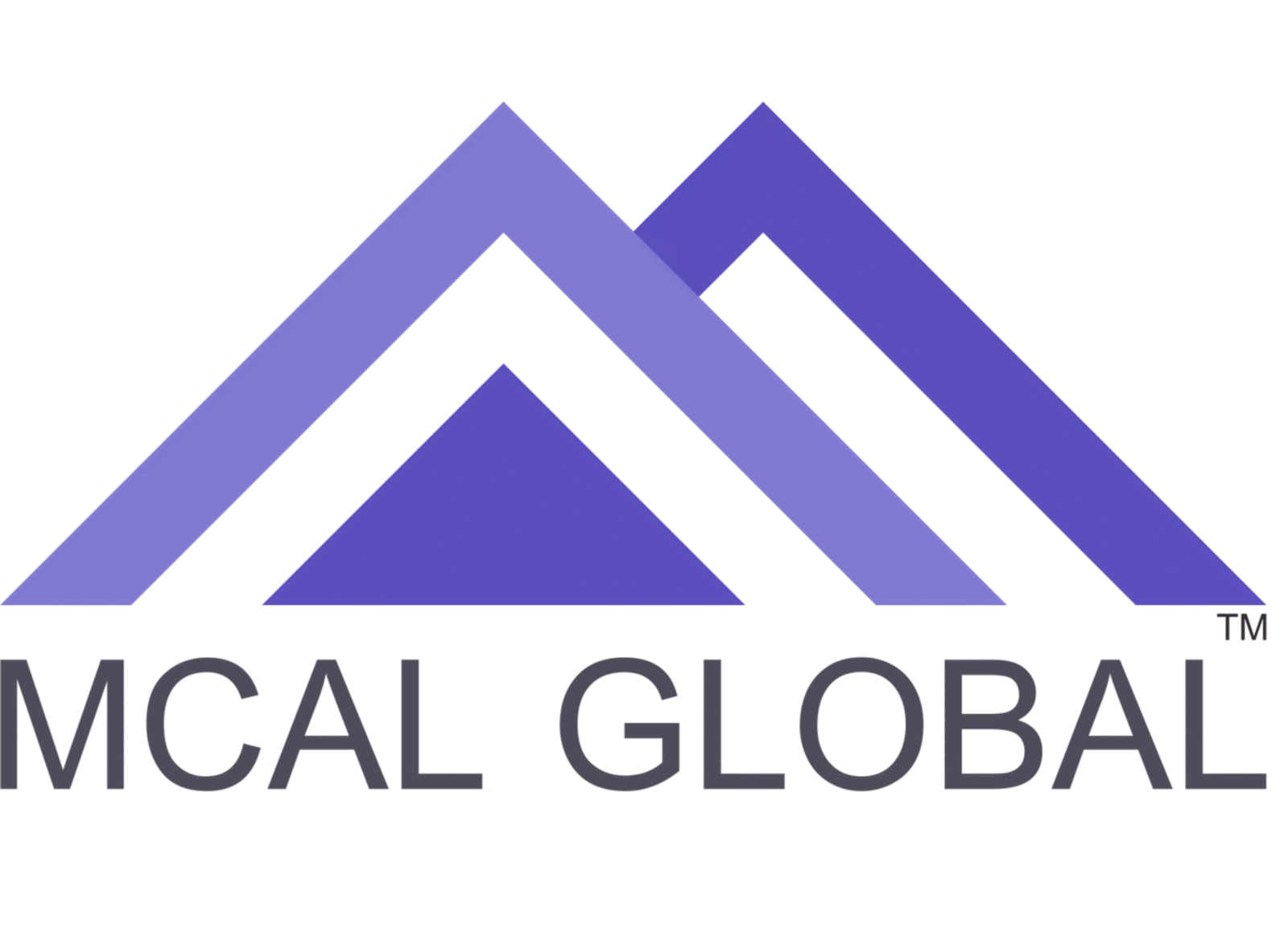Introduction:In the realm of business analysis, benchmarking plays a pivotal role in enhancing organizational performance and achieving excellence. As business analysts, understanding and leveraging benchmarking techniques empowers you to compare your organization’s practices, processes, and performance against industry leaders or best-in-class organizations. This article serves as a comprehensive guide to benchmarking from a business analyst’s perspective, exploring its definition, types, benefits, implementation steps, real-world examples, and related tools and organizations that support this practice.I. Understanding Benchmarking as a Business Analyst:
- Definition and Purpose: Benchmarking, from a business analyst’s standpoint, is a strategic process of measuring an organization’s performance against external standards or best practices to identify areas for improvement and drive organizational excellence.
- Types of Benchmarking: As a business analyst, you can utilize different types of benchmarking, including: a. Internal Benchmarking: Comparing performance and practices within different units or departments within your organization to identify best practices and drive process improvement. b. Competitive Benchmarking: Analyzing your organization’s performance against direct competitors to identify areas of competitive advantage and opportunities for improvement. c. Functional Benchmarking: Comparing specific processes or functions with those of other organizations, regardless of industry, to identify opportunities for enhancement. d. Strategic Benchmarking: Analyzing strategies, business models, and approaches of best-in-class organizations to gain insights and drive strategic improvements. e. Performance Benchmarking: Comparing your organization’s performance metrics and key performance indicators (KPIs) with industry benchmarks to set performance targets and drive continuous improvement.
II. Benefits of Benchmarking for Business Analysts:
- Performance Enhancement: Benchmarking enables you to identify performance gaps and areas for improvement, empowering you to enhance processes, strategies, and operational efficiency.
- Best Practices Adoption: By studying industry leaders and best-in-class organizations, benchmarking allows you to identify and adopt proven best practices, ensuring continuous improvement and driving excellence.
- Competitive Advantage: Benchmarking helps you gain a competitive edge by identifying opportunities to surpass competitors, differentiate your organization, and innovate in the market.
- Informed Decision-Making: Through benchmarking, you gain valuable insights and data that support informed decision-making, resource allocation, and strategic planning.
- Stakeholder Value: Implementing benchmarking initiatives enables you to enhance customer satisfaction, improve operational efficiency, and deliver value to stakeholders.
III. Implementing Benchmarking as a Business Analyst:
- Identify Benchmarking Focus Areas: Collaborate with stakeholders to determine the key performance areas and processes that require benchmarking analysis to drive improvements.
- Select Benchmarking Partners: Identify organizations known for their excellence in the chosen benchmarking areas. Establish partnerships or seek external sources to gather benchmarking data.
- Gather and Analyze Data: Collect relevant data from benchmarking partners, industry reports, surveys, and internal sources. Analyze the data to identify performance gaps, best practices, and improvement opportunities.
- Set Performance Targets: Based on the benchmarking analysis, collaborate with stakeholders to establish specific and measurable performance targets aligned with organizational goals.
- Develop Action Plans: Working with cross-functional teams, develop action plans that outline steps to close performance gaps, adopt best practices, and drive improvements. Define responsibilities, timelines, and resource allocation.
- Implement, Monitor, and Refine: Execute the action plans, monitor progress, and regularly assess performance against established targets. Refine strategies as necessary to ensure continuous improvement and drive organizational excellence.
IV. Real-World Examples of Benchmarking as a Business Analyst:Example 1: Customer Satisfaction Benchmarking: As a business analyst, you conduct benchmarking analysis to compare your organization’s customer satisfaction against industry leaders. By studying their customer service processes, feedback mechanisms, and complaint resolution practices, you identify areas for improvement and develop strategies to enhance customer satisfaction.Example 2: Supply Chain Efficiency Benchmarking: In a supply chain improvement initiative, you conduct benchmarking analysis to compare your organization’s supply chain processes against industry benchmarks. By analyzing the practices of best-in-class organizations, you identify opportunities to streamline processes, reduce costs, and improve overall supply chain efficiency.V. Related Tools and Organizations for Business Analysts:
- International Institute of Business Analysis (IIBA): IIBA provides resources, certifications, and networking opportunities for business analysts. Their Business Analysis Body of Knowledge (BABOK) guide covers benchmarking techniques and considerations. Website: https://www.iiba.org/
- Business Analysis Tools: Business analysts can leverage various tools to facilitate benchmarking, such as:
- Data analytics software (e.g., Tableau, Power BI) to analyze and visualize benchmarking data effectively.
- Online survey tools (e.g., SurveyMonkey) to collect benchmarking data and feedback from stakeholders.
- Project management software (e.g., JIRA, Trello) to track benchmarking initiatives, action plans, and progress.
Conclusion:As a business analyst, benchmarking is a powerful technique that enables you to drive organizational excellence, identify improvement opportunities, and adopt best practices. By implementing benchmarking initiatives and leveraging insights from industry leaders, you contribute to enhancing processes, strategies, and operational efficiency within your organization. Organizations like IIBA provide valuable resources and guidance to support benchmarking endeavors, empowering you to achieve continuous improvement and drive success.References:
For better understanding join MCAL Global’sMaster Business Analysis Training – MBATâ€. MBAT is the flagship business analyst course. MCAL Global has trained more than 2000 professionals on the business analysis processes, concepts, tools, techniques, best practices, business analyst certification, and software tools via this program.Â
Through active feedback collected from individuals & corporates, MCAL Global has perfected this business analyst course via numerous updates and revisions to deliver the best possible results for individuals or corporates. MCAL Global conducts a classroom for this business analyst course in Pune and business analyst course in Mumbai, else you can join our live online business analyst course from anywhere.Â
MCAL Global has trained professionals from the United States, UAE – Dubai, Australia, United Kingdom, and all major cities from India through our live instructor online business analyst courses. You can send your interest by visiting our contact us page.


